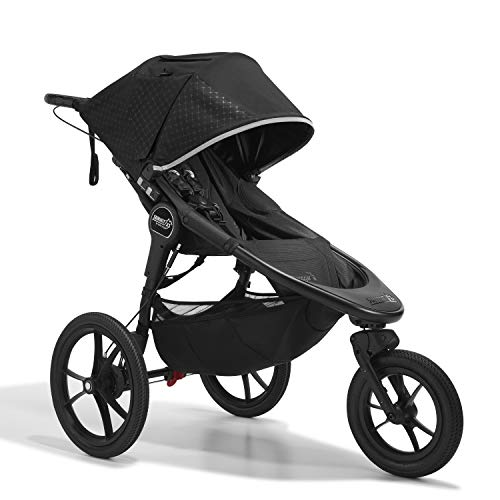Pram or Pushchair: A Comprehensive Guide for New Parents
Choosing the best mode of transportation for young children is among the first considerable choices brand-new parents deal with. With various options on the market, the argument between prams and pushchairs can be bewildering. This post will supply comprehensive insights into the distinctions in between prams and pushchairs, their specifications, benefits and disadvantages, and what to think about before making a purchase.
Comprehending Prams and Pushchairs
At its core, the option in between a pram and a pushchair depends on their style and meant usage.
Definitions:
- Pram: A pram, short for "perambulator," is designed mostly for newborns. It features a flat, carrycot-style seat that enables the baby to rest completely flat. Prams are typically more glamorous and are meant for carrying infants who are not yet sitting up separately.
- Pushchair: A pushchair, also understood as a stroller, is designed for older infants and young children who can sit up. Pushchairs typically have an upright seat and might not recline completely flat, although lots of designs now provide adjustable reclining options for comfort.
Key Differences:
| Feature | Pram | Pushchair |
|---|---|---|
| Age of Use | Newborn to about 6 months | 6 months to 4 years or more |
| Seating Position | Flat, lying down | Upright or a little reclined |
| Weight | Typically much heavier | Generally lighter |
| Portability | Less portable due to weight | More portable and much easier to fold |
| Usage Case | Short strolls, leisurely strolls | Daily use, errands, longer outings |
Advantages and Disadvantages
Pram
Advantages:
- Comfort for Newborns: Provides a flat surface conducive to a newborn's developmental requirements.
- Stylish Designs: Many prams come with classy designs, offering a touch of luxury.
- Storage Space: Sometimes include larger storage options below.
Downsides:
- Weight: Generally heavier and bulkier than pushchairs.
- Restricted Usage: Suitable just for newborns and babies who can not sit up.
Pushchair
Benefits:
- Versatility: Suitable for older babies and toddlers, frequently accommodating them for numerous years.
- Light-weight and Portable: Easier to fold and transfer, making them ideal for busy moms and dads.
- Configurable Options: Many pushchairs have adjustable seats and accessories for cars and truck seats and carrycots.
Downsides:
- Comfort for Newborns: Not always ideal for infants in the early months without an appropriate insert.
- Less Luxurious: Often viewed as less glamorous compared to prams.
Making the Right Choice
When it comes to choosing in between a pram and pushchair, numerous aspects should be considered:
1. Lifestyle:
- If parents regularly make long journeys or go for strolls, a pram might be preferential.
- If they require to browse through city streets or take public transportation, a light-weight pushchair may be better.
2. Spending plan:
Pricing can differ commonly. Understanding your monetary limits will assist focus on alternatives that fulfill both aesthetic and useful requirements.
3. Adaptability:
Some progressive options include travel systems that permit moms and dads to shift from a safety seat to a pushchair with the very same base, offering optimum flexibility.
4. Storage Space:
A pram may use up more room in a vehicle or at home, while a pushchair's capability to fold down can be a significant advantage in tighter areas.
Frequently asked questions
Q1: Can I use a pushchair for newborns?
A1: Some pushchairs feature bassinet accessories or fully reclining seats, making them ideal for newborns. However, it's important to examine the specs before use.
Q2: How do I choose the ideal design?
A2: Consider your way of life, spending plan, and the functions you focus on, such as weight, portability, and storage choices.
Q3: Are prams and pushchairs safe for my baby?
A3: Yes, both prams and pushchairs are created with safety features. Foldable Double Pram for designs with a 5-point harness, tough brakes, and protected frames.
Q4: How long can I utilize a pram for?
A4: A pram is typically appropriate until a baby can stay up unassisted, generally around 6 months.
Q5: What are travel systems?
A5: Travel systems are mixes of a safety seat and a pushchair that operate in tandem, permitting simple shifts from car to pushchair without requiring to get rid of the baby.
Picking in between a pram and a pushchair eventually comes down to the requirements and lifestyle preferences of each family. Prams offer comfort and design for babies, while pushchairs provide flexibility and ease for older babies and young children. By thoroughly considering specific circumstances and requirements, moms and dads can make an informed option that will make sure safe and satisfying getaways with their youngsters.
In the end, whether one select a stylish pram or a useful pushchair, the main aim remains the same-- making sure convenience and safety for the child while helping with benefit for parents.

